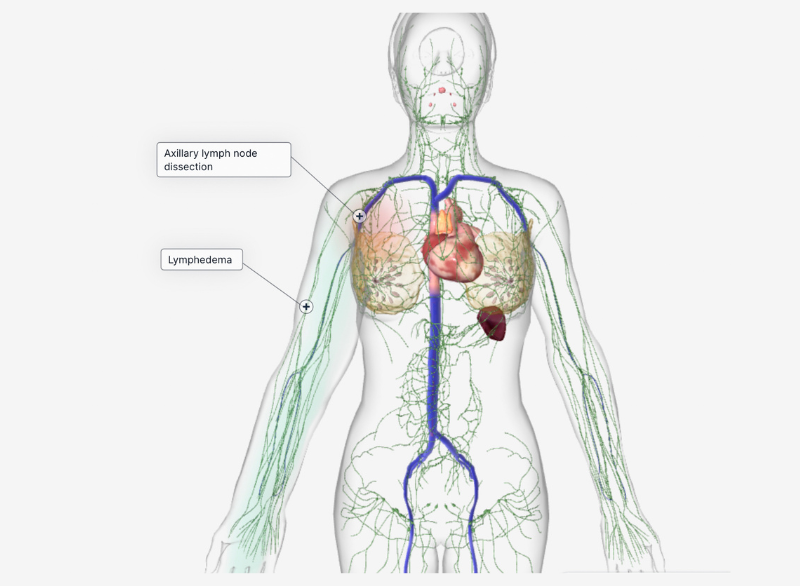
Cervical, Axillary, Inguinal Lymphadenopathy ( Excision Biopsy)
Cervical, Axillary, Inguinal Lymphadenopathy ( excision Biopsy) –
Excision biopsy of lymph nodes, also known as lymph node excision or lymph node dissection, is a surgical procedure performed to remove one or more lymph nodes for further examination. This procedure is commonly done to determine the cause of enlarged or abnormal lymph nodes, to diagnose or stage cancers, or to assess the spread of diseases.
Post-surgery care and recovery will vary depending on the individual and the specific circumstances of the excision biopsy. The patient may be advised to avoid heavy lifting or strenuous activities for a certain period after the procedure. Pain medication may be prescribed to manage post-operative discomfort. The surgeon will provide instructions for wound care, activity restrictions, and follow-up appointments to discuss the results of the pathological examination and determine the appropriate treatment plan.
As with any surgical procedure, there are potential risks and complications associated with excision biopsy of lymph nodes, including infection, bleeding, damage to surrounding structures, seroma (fluid accumulation), and complications related to anesthesia.
Syptoms:
- Enlargement or swelling of lymph nodes. Lymph nodes contain immune cells that help filter and fight infections or other foreign substances.
- Enlarged and palpable lymph nodes, which can be tender or painful to the touch.
- Swelling or lumps in the neck, armpits, or groin areas.
- Redness or warmth over the enlarged lymph nodes.
- Generalized symptoms like fever, fatigue, night sweats, or weight loss, depending on the underlying cause.
Meet Our Doctors
